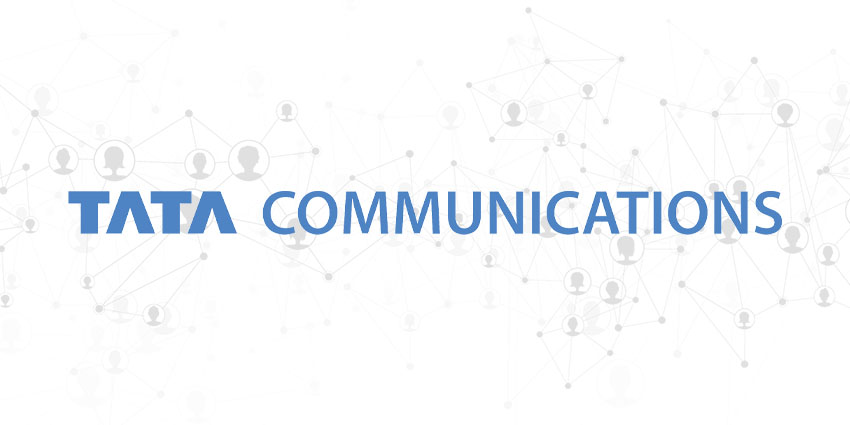The concept of being able to bring your own carrier (BYOC) is empowering enterprises to transition rapidly into the cloud and streamline global voice, video communication, and collaboration in a way that is reliable, scalable, and cost-efficient. With many organisations continuing to work with a blend of UCaaS/CCaaS/voice vendors, others are adopting BYOC so they can use their own equipment and SIP trunking services from their preferred vendor for voice connectivity irrespective of their UCaaS or CCaaS providers. By allowing enterprises to select the best carrier to plug into their contact centre, conferencing, and unified communications platform they can be assured that service quality, phone numbers, local billing, and other features currently available are maintained while they move to cloud-based solutions.
Analysts have been tracking the appeal of BYOC and see value for it in supporting hybrid working. “With the need for constant communications, voice services remain integral in enabling businesses to function as the pandemic continues,” said Graham Fruin, a Senior Research Analyst at IDC for European Unified Communications and Collaboration. “Hosted voice services can be easily integrated with collaboration tools, as well as with options such as bring your own carrier. Such benefits enable businesses to make quick decisions to migrate to the cloud while maintaining a voice service they know and trust.”
This is feeding through to the marketplace with companies choosing to bring their own carriers via SBCs to provide voice connectivity for UCaaS and CCaaS. Research firm Metrigy has reported that 32.1% of participants in its Workplace Collaboration: 2021-22 study use Microsoft as their primary UC provider. There are two options for connecting Microsoft Phone System to the voice network: Microsoft Calling Plan, under which Microsoft provides phone numbers, or Direct Routing, under which companies bring their own carriers to preserve their existing calling plans and routing schemes. When asked which method they use, 70% said they used the direct routing or BYOC, approach. The primary benefits are cost savings, phone number control, the ability to use multiple cloud providers, geographical reach, and the ability to retain existing SIP services.
Tata Communications has launched its own Bring your own Platform offering because it understands enterprise requirements as well as the complexities of UCaaS and CCaaS with voice connectivity. It has therefore built its cloud communications capability to offer full PSTN replacement in 29 countries, which includes all the emergency calling, number portability, and toll-free and local number services an organisation would expect to be able to access globally.
The Bring your own Platform service, which launched in May 2022, accommodates partnerships with large communications service providers (CSPs) across the globe in addition to CC platforms such as Genesys. Tata Communications says its global footprint, as well as its partnerships with Microsoft and Cisco, gives it a strong position in addition to its established large customer base globally.
“We’re delighted to have launched our Bring your Own Platform offering to enable greater choice for customers across the globe,” said Vivek Kar, AVP, Product Management, Enterprise and Wholesale Voice, Tata Communications.
“We provide coverage in more than 140 countries and customers can take advantage of compliant services, cloud application choice and our self-care portal and APIs.”







